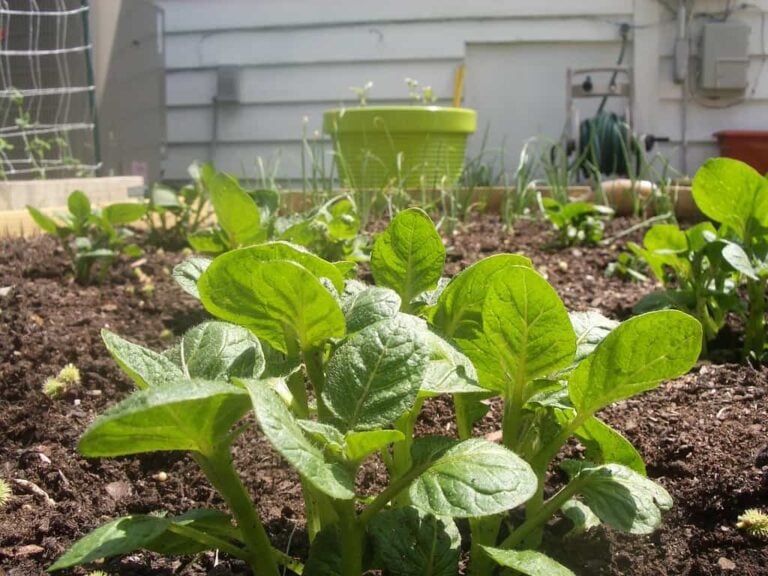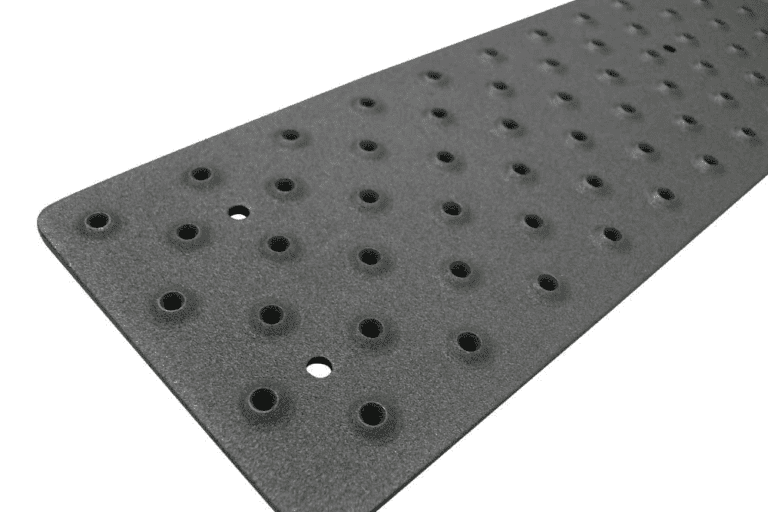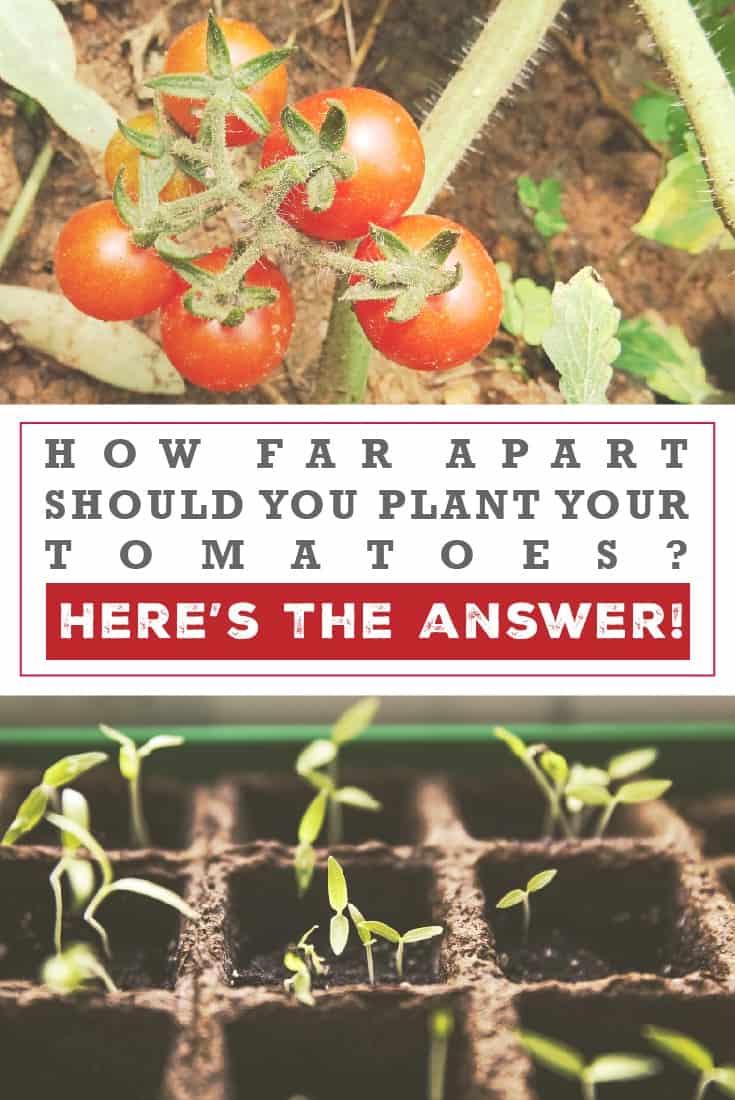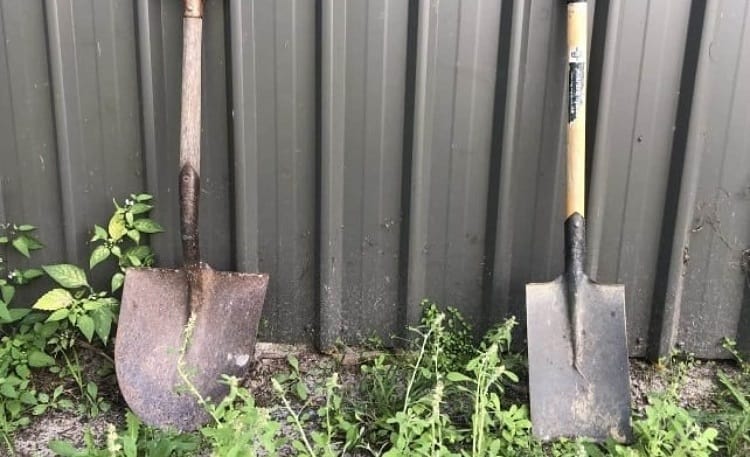Get Down in the Dirt with the Best Garden Spades
When it comes to the best garden spade, we pick the Spear Head Spade. A garden spade is a handy tool for many specialized tasks such as edging and transplanting. Its design makes it an efficient tool for the job. Read on for more about our recommendations for choosing a spade and advice about using it in your garden.
Our Picks for the Best Garden Spade
[wptb id="8369" not found ]Your Garden Spade, Your Garden’s Workhorse
A garden spade is an essential part of your garden gear tools. While you may be tempted to call it a shovel, a spade is, in fact, a very different tool. When you consider how it’s used, you’ll come to appreciate the unique features of its design. And once you see it in action, you’ll understand why it’s your garden’s workhorse.
Spade Versus Shovel
The obvious difference between a spade and a shovel is its length. A spade is about four feet long. A shovel can be short-handled like a spade. It can also be longer. Long-handled models run closer to five feet. Spades typically are short-handled only which is appropriate, considering how they are used.
Then, there is the shape of the blade of a spade versus a shovel. A spade has a flat, rectangular blade with straight sides. Some types have slight variations such as a transplanting spade which is much narrower and often pointed at the end. A shovel, on the other hand, has a curved, scooped-out blade made for carrying loads of soil.
The design of a shovel makes it more appropriate for digging and earthmoving especially when you’re dealing with a lot of soil. You can use it to move lightweight materials like mulch or compost. While you can move some soil around with a spade that isn’t its main purpose. Rather, a spade is more of a precision tool with a specialized design for certain tasks.
Using Your Garden Spade
With a spade, you can dig holes like you would do with a shovel, but its shape allows you to use it in smaller spaces around existing plants. You can also use it to edge a garden or a walkway with its straight sides. A spade also comes in handy for transplanting trees or other plants. Again, it goes back to its straight sides for precise digging.
Perhaps one of its best uses involves the business end of a spade. Its sharp blade can cut through tough roots and heavy clay soils. If you come across a stubborn root, all you need to do is to lift the spade up in front of you and then drive it down into the ground. It’s an easier solution than trying to dig it out.
You can use your garden space to remove weeds or slice through sod. Its rectangular shape and sharp edge make it the perfect tool for the job. Because it is such a versatile tool, it makes sense to take good care of it.
Caring for Your Spade
Like your other garden tools, your garden spade will benefit from some routine maintenance. These tasks will involve wiping down the handle and cleaning the blade end. You should also oil the blade at the very least at the end of the season. Oiling will keep the surface smooth to make digging easier.
Regularly sharpening the blade of your spade is another important part of routine maintenance. A sharp blade will cut through roots and debris much easier. Your back will thank you for the extra effort. It’s not difficult and takes only a bit of time.
This video from the Cottage Gardener, Ltd explains how to sharpen your garden spade with a file to get the most efficient use out of it.
Choosing a Spade
While there are different types of spades, you’ll get the most use out of a traditional one. A D-shaped handle will make it easier to use it to drive down into the ground to cut roots. Since some of the work you do with a spade is heavy duty, a comfortable handle is a must since your hands and arms will be absorbing a lot of pressure.
Next, consider the handle. Shafts are typically tubular steel, fiberglass, or hardwood. The spade should appear solid and balanced. You should also consider its weight. The tasks for which you’d use a task are hard work of themselves, and a lightweight spade will make it easier. However, don’t compromise on quality; a tough job deserves a tough product.
Then, there is the blade. Look over it, noting its construction and attachment to the shaft. While not essential, another nice feature of a good quality spade is a footrest on the top of the blade. With a place to rest your foot—or feet—you can put some extra force into cutting through roots.
Our Recommendation: Spear Head Spade
A garden spade differs from a round-point shovel with the differences making it an essential tool for gardening. Its sharp blade can cut through roots while its smaller size allows for precise handling. This design makes it a good choice especially for use in a garden with existing plants. But it’s also a multi-purpose tool that you can use for other projects.
The Spear Head Spade offers many of the features of a high-quality tool. Its non-conductive handle is cushioned to make work easier on your hands. And with a generous foot rest, you can bring the added power of foot pressure into your gardening tasks. Another feature you’ll appreciate is its powder-coated blade that makes cleanup easier. Routine maintenance like sharpening will be a breeze.
A well-designed garden spade has the home gardener in mind. It reflects the need for a lightweight yet powerful tool to get through the toughest roots and densest soils. Added features like an epoxy resin coating offer rust resistance, so your spade will last for years to come. Investment in a good-quality product is a smart choice.
Photo by walkersalmanac licensed under CC0






